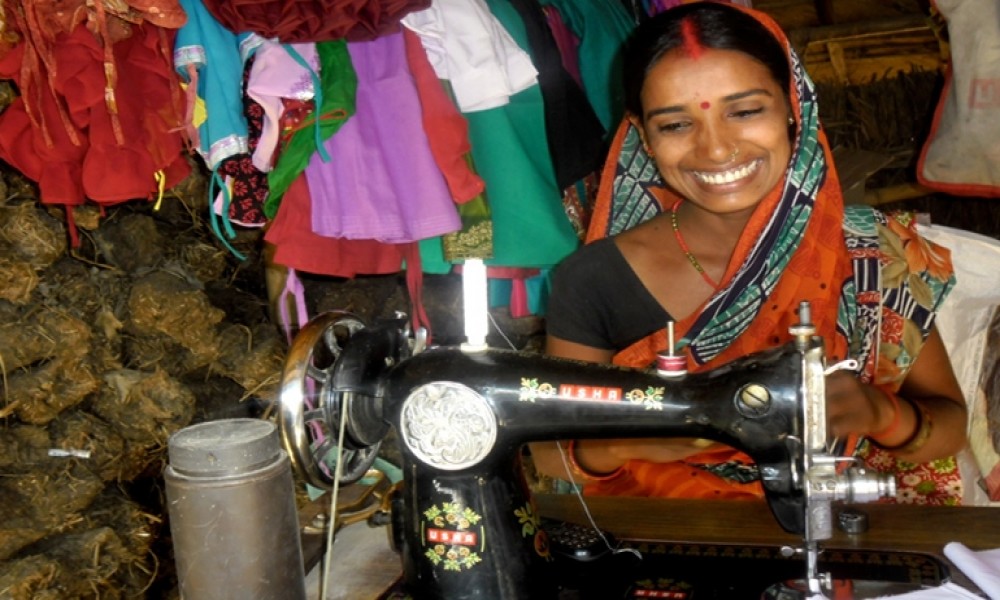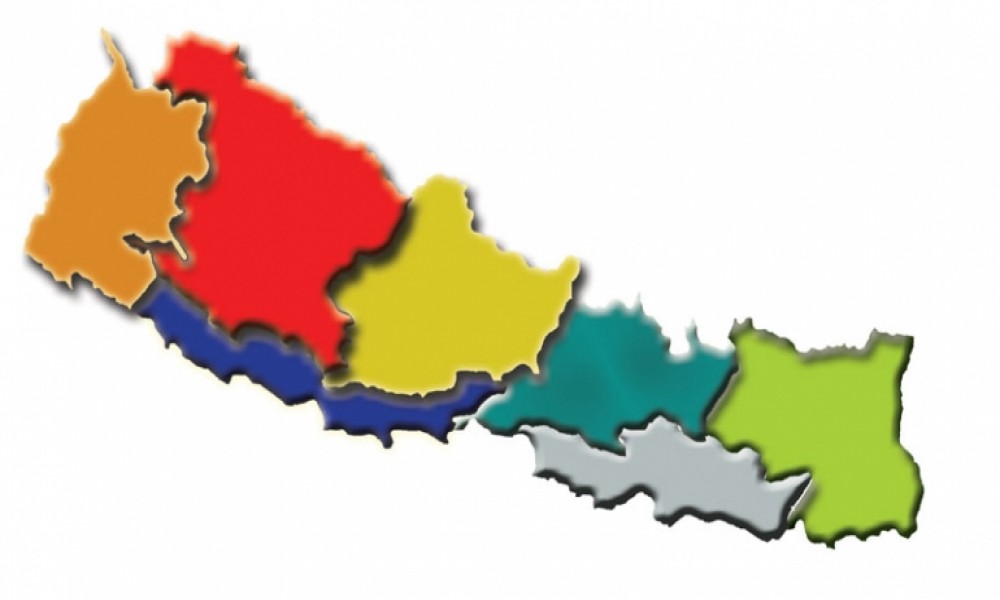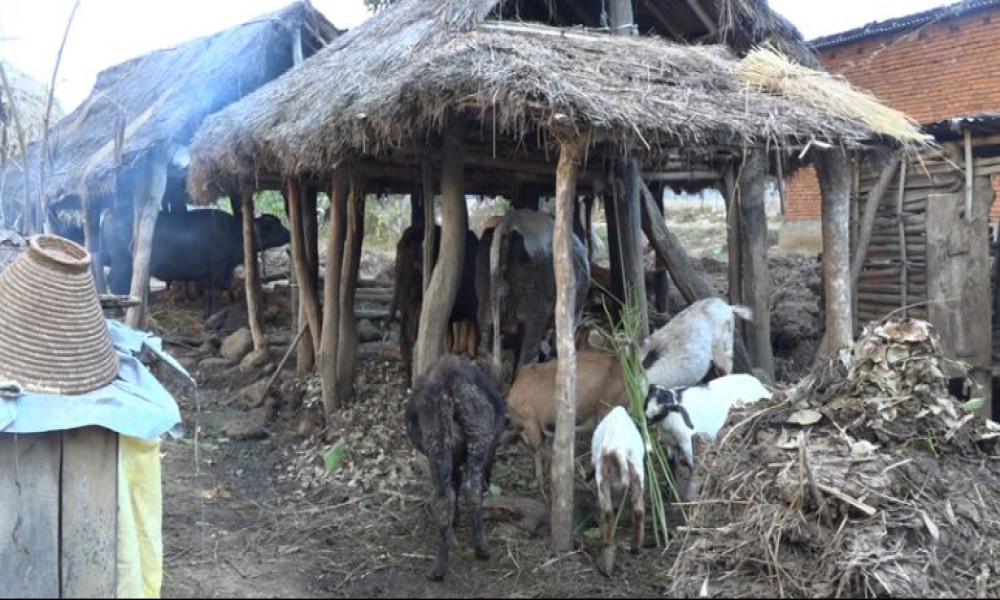If it is to look at the provisions of supreme law of land--Interim Constitution, 2007 or read at the reformed Muluki Ain (Country Code) of 1963, it seems that there doesn't exist any sort of discrimination in Nepal.
But, more than 2.8 million Dalits in the country are still fighting against multiple forms of discriminations ranging from physical abuse to social ostracism merely because of their caste.
According to Nepali caste structure, Dalits belong to the lower caste, commonly called 'untouchables'.
Dalits' Right Activists on Saturday echoed to end all forms of racial discrimination including caste-based discrimination in Nepal. They also insisted to increase access of Dalits to every state agency, ensuring fully proportional electoral system among others.
They had made such demands speaking at the program organized to mark 50th International Day Against Racial Discrimination in Kathmandu.
Nepal is signatory to a number of international legal instruments of human rights including International Convention on the Elimination of All Forms of Racial Discrimination (ICEARD) relevant to Dalits. But the implementation has always been problamatic.
Defining 'Dalit'
The term 'Dalit' is widely used both at national and international level. But many other terms are also equally used to refer them.
The terms in a derogative sense used are Paninachalne (water polluting), Acchut (untouchables) and Tallo-jat (low caste).
Similarly, other non-derogative terms used are Uppechhit (ignored), utpidit (oppressed), sosit (exploited), pacchadi pareka (lagging behind), bipanna (downtrodden), garib (poor), nimukha (helpless), simantakrit (marginalised), subidhabata banchit (disadvantaged”), alpasankhyak (minorities), banchitikaranma pareka (excluded) and so forth.
They are struggling equity and equality and fighting against long standing caste-based discrimination, including untouchability. They comprise of two distinct regional groups: the Hill Dalits and the Madhesi Dalits.
Dalits are struggling equity and equality and fighting against long standing caste-based discrimination, including untouchability.
Hill Origin: Gandarva (Gaine), Pariyar (Damai, Darji, Suchikar, Nagarchi, Dholi, Hoodke), Badi, Viswakarma (Kami, Lohar, Sunar, Wod, Chunara, Parki, Tamata), and Sarki (Mijar, Charmakar, Bhool)
Tarai Origin: Kalar, Kakaihiya, Kori, Khatik, Khatbe (Mandal, Khanka), Chamar (Ram, Mochee, Harijan, Rabidas), Chidimar, Dom (Marik), Tatma (Tanti, Das), Dusadh (Paswan, Hajara), Dhobi (Hindu Rajak), Pattharkatta, Pasi, Bantar, Mushar, Mestar (Halkhor), and Sarvanga (Sarbaraiya)
Origin of Caste-based Discrimination in Nepal
The practice of caste-based discrimination and untouchability was formalized with the promulgation of the Muluki Ain (Civil Code) of 1854 by the then Rana Prime Minister, Junga Bahadur Rana.
The Code had made four-fold caste hierarchy:
(1) Tagaddhari (Sacred thread wearing or Twice-born), including the Bahun-Chhetris;
(2) Matawali (Liquor drinking, i.e. indigenous peoples);
(3) Pani nachalne choi chhito halnu naparne (Castes from whom water is not acceptable and contact with whom does not require purification by sprinkling of water); and
(4) Pani Nachlne Choi Chito halnu parne (Castes from whom water is not acceptable and contact with whom requires purification by sprinkling of water), dalits are listed under this category.
This distinction led to the practice of caste-based untouchability and discrimination against Dalits widely common on everyday basis.
In amended Muluki Ain of 1963 to some extent used neutral term and tried to end caste based discrimination including untouchability, but the practice was continue.
In comparison to past Constitution, the Interim Constitution, 2007 is progressive enough in ensuring the rights of Dalits. But it is yet see how new Constitution is going to address their issues and concerns.









